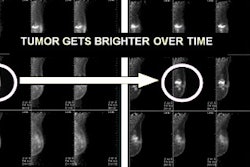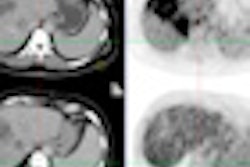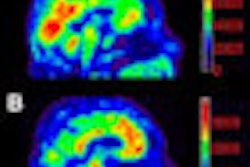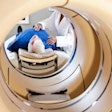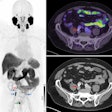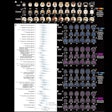Dear Molecular Imaging Insider,
Timing is everything. Just ask researchers from Boston's Brigham and Women's Hospital.
This issue of the Molecular Imaging Insider offers an exclusive look at their study, which found that 20-second breath-holds are comparable to image acquisition times of up to 180 seconds for accurately targeting tumors and image quality in PET/CT-guided percutaneous liver biopsies or ablations.
The benefits of the shorter breath-holds are reduced procedure times and less anesthesia for patients, as well as improved image registration between CT and PET images with no compromise in accuracy for interventional radiologists.
Get the details on the study by clicking here.
Will nuclear breast imaging technologies like positron emission mammography someday become part of mainstream screening and diagnostic practice? According to a presentation given at the recent National Consortium of Breast Centers meeting, the answer is yes. The one caveat, however, is that additional hard data are needed, and radiation dose must be reduced to help the technology advance.
In another top feature, German researchers have concluded that FDG-PET/CT is useful for predicting the survival of breast cancer patients with hepatic metastases after treatment with selective internal radiation therapy. The study from Ludwig-Maximilians-University of Munich concluded that FDG-PET also was better able than CT or MRI to determine which patients responded favorably to radioembolization with microspheres containing the radioisotope yttrium-90.
In the realm of cardiology, a coalition of medical societies has released new guidelines on dose optimization of cardiac imaging scans. The document offers a road map for improving radiation safety and reducing patient radiation dose while obtaining high-quality medical images.
Finally, there is more evidence that the radiotracer florbetapir can be a "robust imaging tool." It appears well-suited as a biomarker to detect characteristics of Alzheimer's disease and someday could possibly guide treatment of individuals with the disease.
Be sure to visit the Molecular Imaging Digital Community on a daily basis, as we continue to report on novel research presentations and the latest news from the field of molecular imaging.





